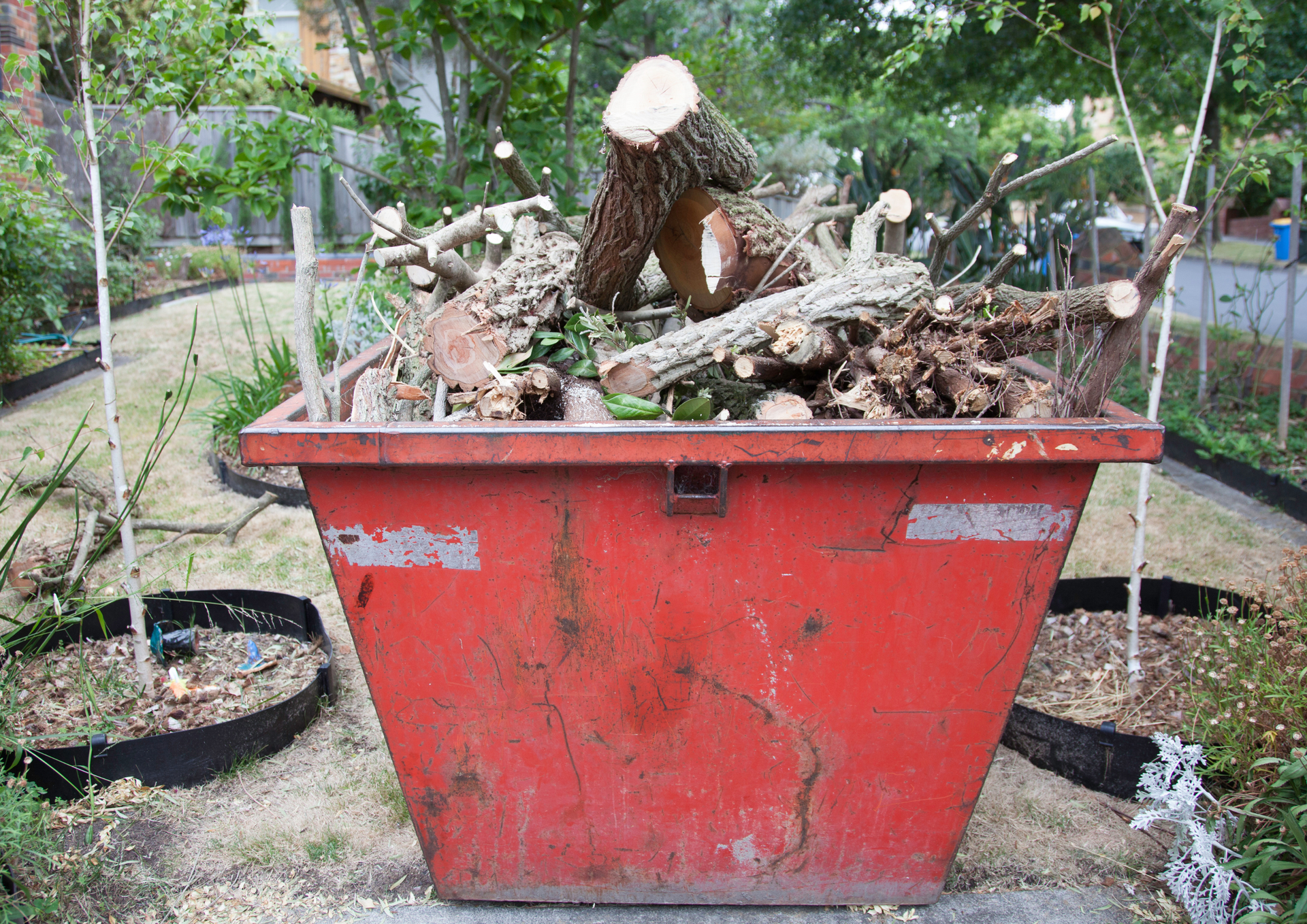Choosing the Right Skip Size for Your Project: A Complete Guide
Choosing the right skip size for your project is essential for efficient waste management, cost savings, and environmental responsibility. Whether you’re tackling a small home renovation, a major construction job, or a large-scale cleanout, understanding skip sizes ensures you hire the correct capacity without overpaying or running out of space.
In this comprehensive guide, we’ll help you make an informed decision so your project runs smoothly from start to finish.
Understanding Skip Sizes and Their Uses
Before booking a skip, it’s important to understand that skips come in a wide range of sizes to suit different types of projects. The size you need will depend on the scale of your work and the type of waste being disposed of.
Smaller skips are ideal for minor cleanouts, garden waste, and small renovation jobs, while larger skips cater to construction sites, commercial clearances, or bulky waste. To make an informed decision, always assess the volume of your waste before arranging a skip hire service.
An 8 yard skip is one of the most popular choices among homeowners and builders. It’s large enough for medium-sized renovation projects or small construction works. This size can hold around 60–80 bin bags, making it perfect for mixed materials such as soil, rubble, wood, and general household waste. Its versatility makes it a practical choice for most moderate-sized jobs.
Matching Skip Sizes to Project Scale
Choosing the right skip often depends on how big your project is and what kind of materials you’ll be discarding. Small home cleanups or minor refurbishments typically don’t need a large skip, whereas major construction or demolition work will require far greater capacity.
A 4 yard skip is excellent for small domestic projects like bathroom refits or garden maintenance. It holds approximately 30–40 bin bags and is perfect when space is limited. It’s also a good choice for properties with restricted access, offering convenience without overwhelming your driveway or work area.
If you’re a builder or contractor handling renovation debris or mixed construction waste, a 6 yard skip might be the ideal balance between capacity and manageability. It’s large enough for heavy waste materials like bricks and concrete, yet compact enough to fit comfortably on most sites. For most medium-scale projects, this size provides the right mix of practicality and efficiency.
For substantial undertakings—such as major refurbishments, commercial site cleanups, or multiple property projects—a 12 yard skip is often the go-to choice. It’s designed to handle large volumes of lighter waste, like packaging, wood, and plastics, and can accommodate around 100–120 bin bags. Its generous capacity makes it ideal for businesses managing waste from office relocations or events.
Factors to Consider When Selecting a Skip
When deciding which skip size is right for your project, there are several important factors to think about.
1. Type of Waste:
Different skip sizes are suitable for different materials. Heavy materials like soil, bricks, or concrete require smaller skips to ensure safe lifting and transport. In contrast, bulky but lightweight waste—such as furniture or packaging—fits better in larger skips.
2. Available Space:
Check the space on your property or site before ordering. Ensure there’s enough room for the skip delivery and placement. A skip that’s too large may obstruct pathways or access points, whereas one that’s too small may lead to overfilling.
3. Duration of Use:
Consider how long you’ll need the skip. Longer projects may produce waste gradually, so opting for a slightly larger skip could prevent unnecessary delays.
4. Budget and Efficiency:
While it’s tempting to choose the smallest option to save money, underestimating your waste can lead to hiring a second skip—doubling your costs. It’s usually more cost-effective to hire a slightly larger skip from the start.
Ultimately, choosing the correct skip size is about finding the right balance between capacity, cost, and practicality. With the right skip hire service, you can ensure your waste management is both efficient and environmentally responsible.
How to Make the Most of Your Skip Hire
Maximising the space and efficiency of your skip is just as important as choosing the right size.
Here are a few practical tips:
- Plan ahead: Estimate your waste and book the correct skip size early to avoid delays.
- Load strategically: Place flat items at the bottom and heavier items on top to use the space efficiently.
- Avoid overfilling: Skips must not exceed their fill line for safety reasons. Overfilled skips may not be collected until excess waste is removed.
- Separate recyclable waste: Recycling helps reduce landfill waste and can lower disposal costs.
- Follow regulations: Always check local permit requirements, especially if placing the skip on a public road.
A reliable skip hire provider will guide you through these details, ensuring your project runs smoothly. They can help you choose the best skip for your site, handle necessary permits, and schedule timely drop-offs and collections.
Selecting the right skip size for your project is a vital step towards efficient waste management. By considering your project scale, type of waste, available space, and budget, you can make an informed decision that saves time and money. Whether you’re a homeowner, builder, business owner, or event organiser, choosing the appropriate skip ensures your project stays clean, safe, and compliant with regulations.
A little preparation goes a long way in avoiding unnecessary stress and ensuring your waste disposal process is smooth and eco-friendly. With a trusted provider by your side, you can focus on your work, knowing your waste is being handled professionally and responsibly.
At
Skip Hire York, we pride ourselves on being a reliable, professional, and environmentally conscious waste management partner. Our range of skips—from compact domestic options to large industrial sizes—caters to every type of project. We combine competitive pricing with punctual deliveries, friendly service, and expert advice to make your waste removal effortless.
New update on X: Choosing the right skip size for your project – a complete skip hire guide!
You might also like



